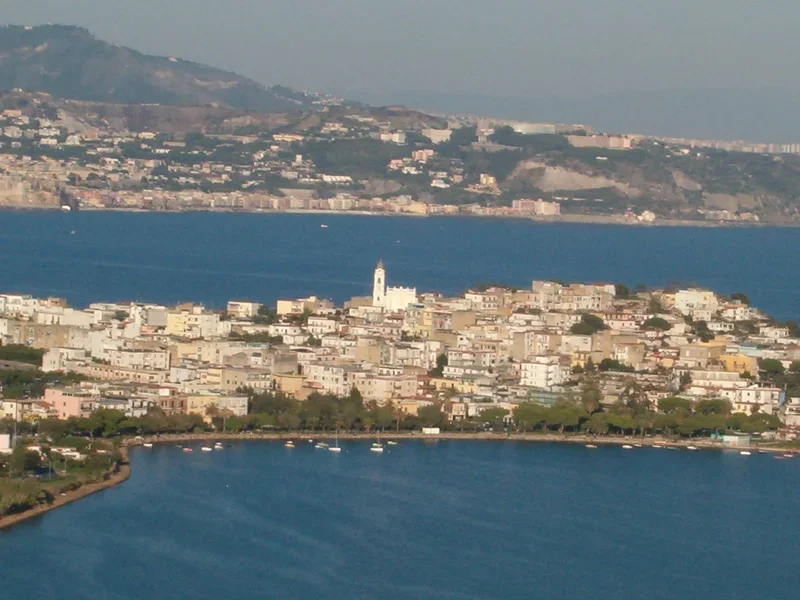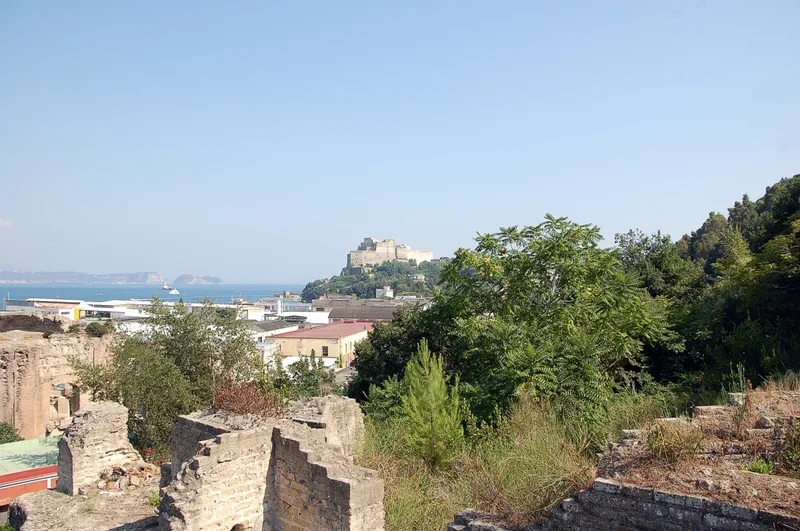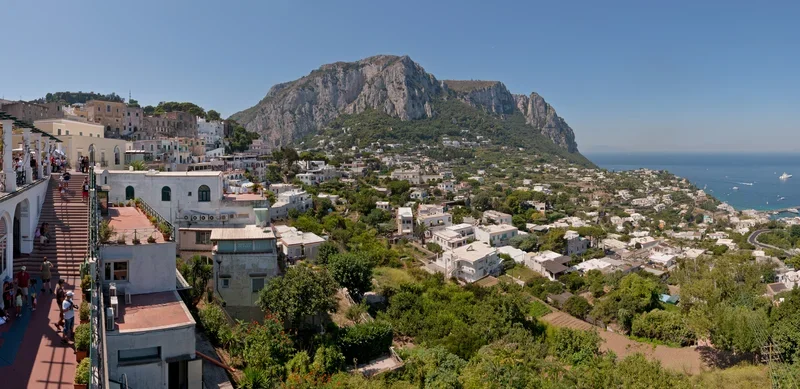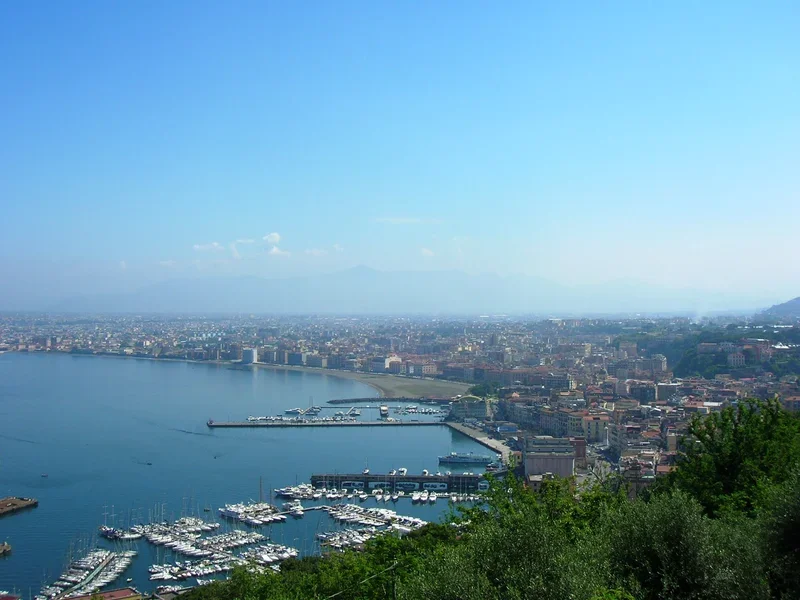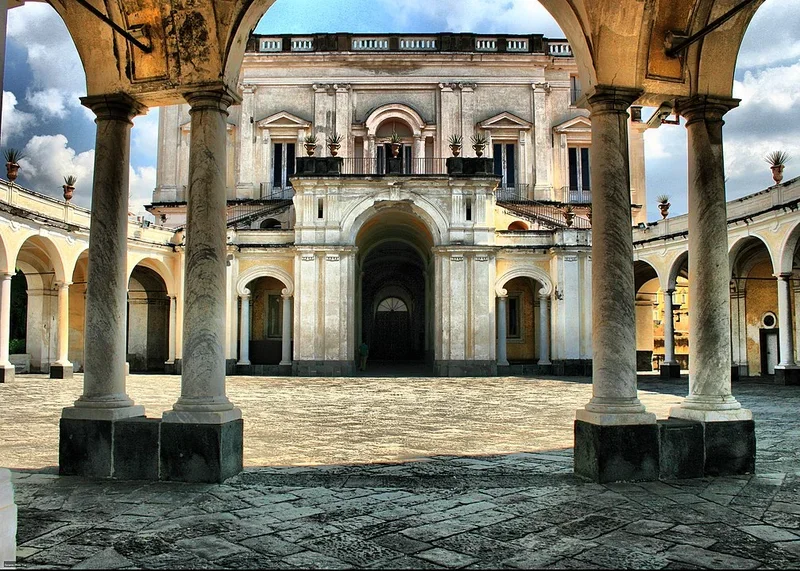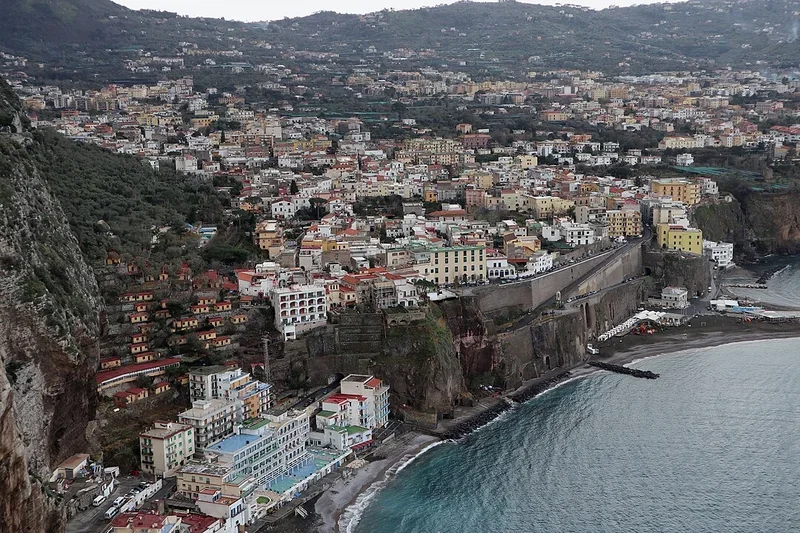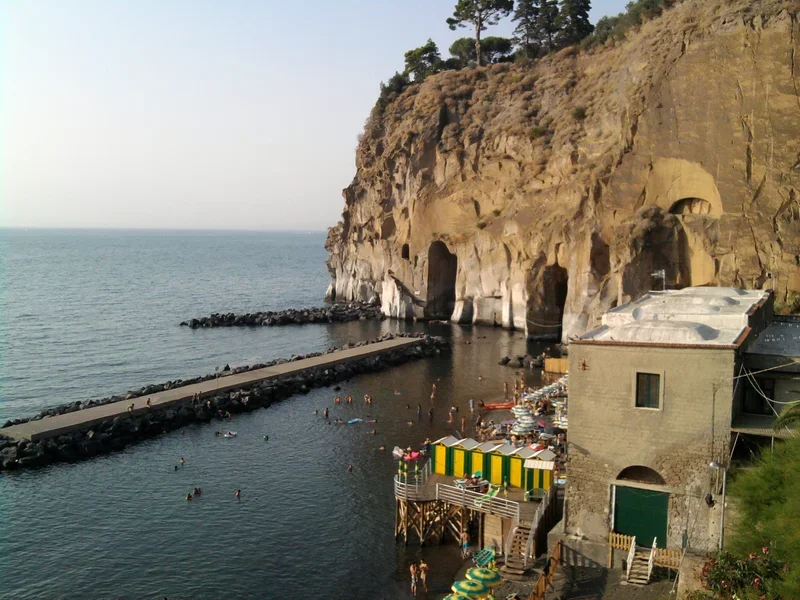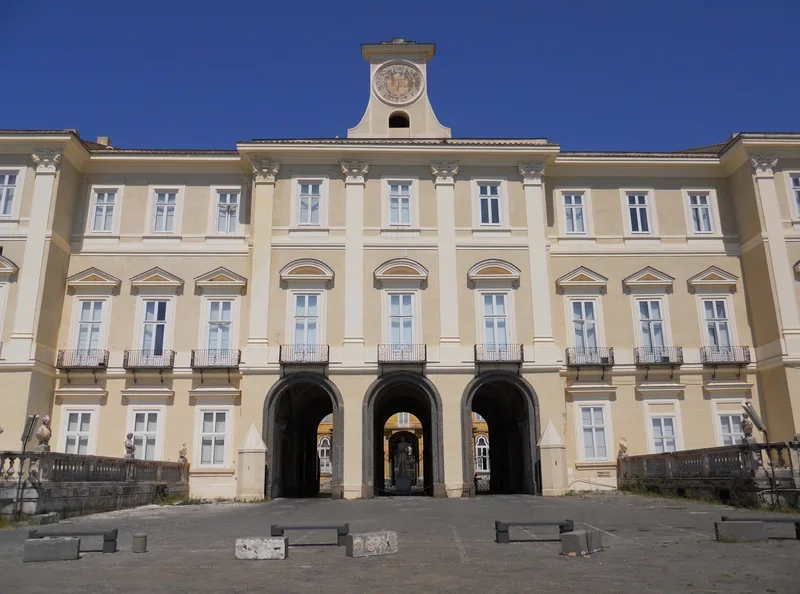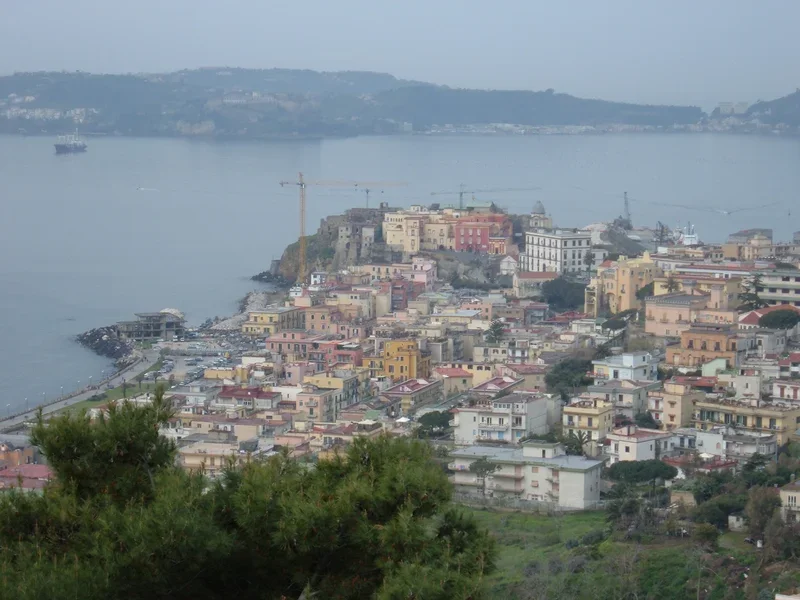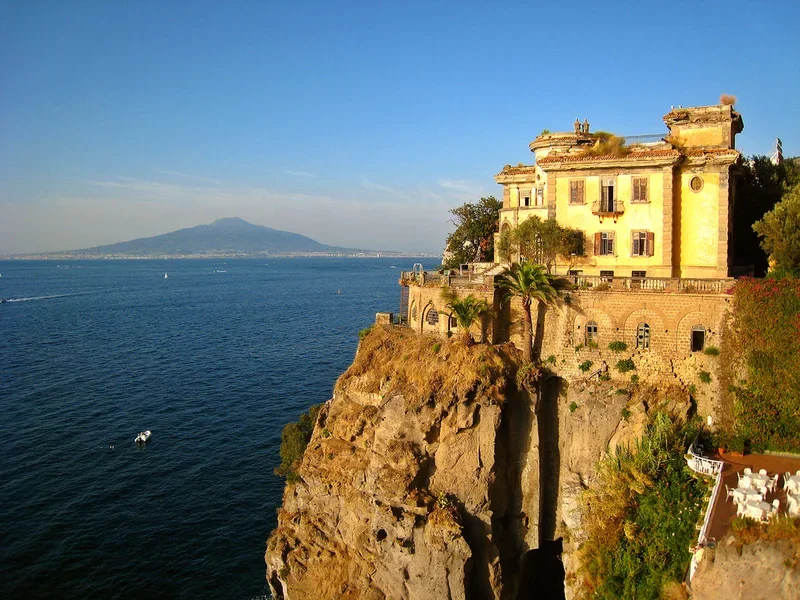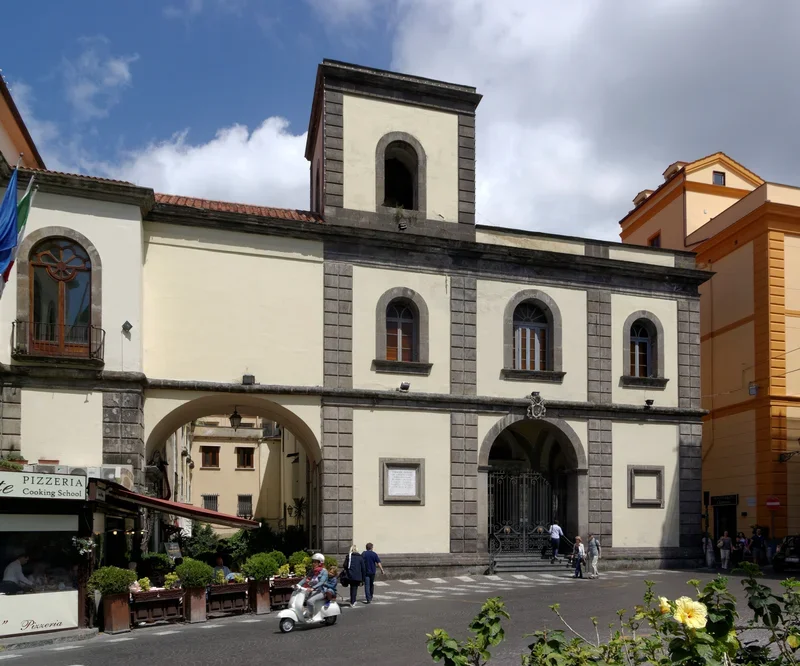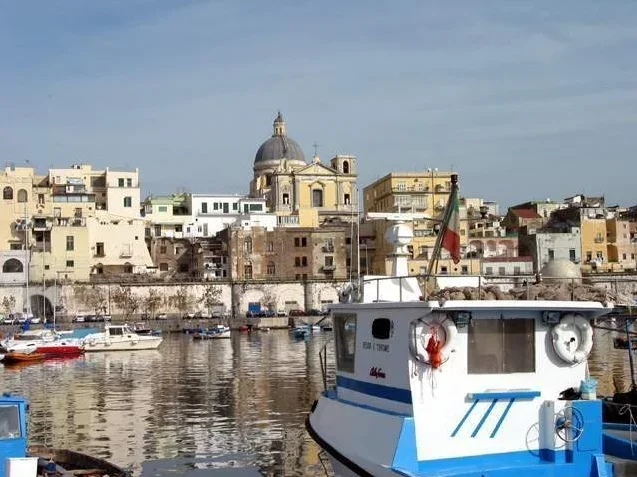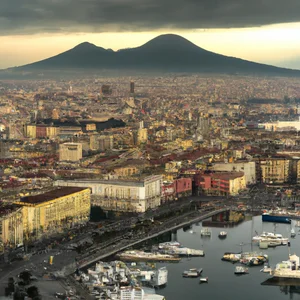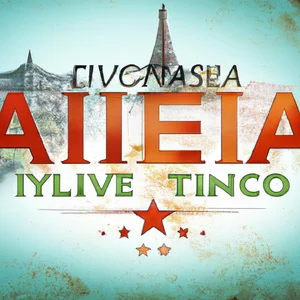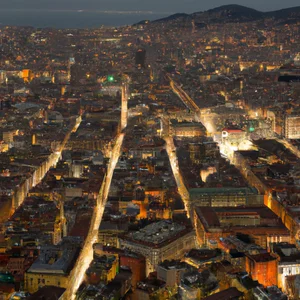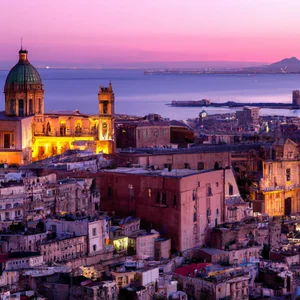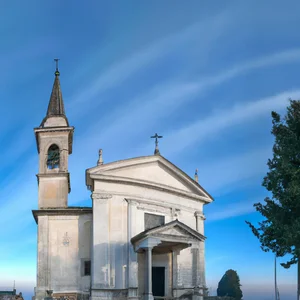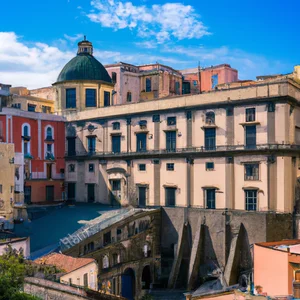Book your experience
Catacombs of San Gennaro
The Catacombs of San Gennaro, an underground treasure located in the heart of Naples, represent a fascinating mix of history, art and spirituality. These ancient burials, dating back to the first centuries of Christianity, not only offer an in-depth look at the funerary and religious practices of the early Christians, but are also an important place of worship for Neapolitans, dedicated to the city’s patron saint, San Gennaro. Their discovery and opening to the public have made it possible to enhance an often forgotten cultural heritage, making the Catacombs an unmissable point of reference for those visiting Naples.In this article we will explore ten fundamental aspects of the Catacombs of San Gennaro, starting from their fascinating history, which is intertwined with the events of the city and its inhabitants. We will delve into their religious importance, highlighting how they represent a place of pilgrimage and devotion for many. The architecture and design of this underground complex, with its wide naves and intricate decorations, will lead us to reflect on the craftsmanship of the builders of the time.Furthermore, we will focus on the tombs of the saints and the frescoes that adorn the walls, true masterpieces of art that tell stories of faith and devotion. Practical information regarding guided tours, timetables and accessibility will make planning a trip easier. We will not fail to explore events and initiatives that take place in the Catacombs, curiosities and legends that surround this mysterious place, and finally, we will provide information on how to reach this extraordinary cultural heritage. Get ready for a fascinating journey in the heart of Naples, where history, art and religion come together in a unique experience.
History of the Catacombs
The Catacombs of Naples, located mainly in the Materdei area, represent one of the most important archaeological and historical complexes in the city. Their origin dates back to the first centuries of Christianity, in a period in which Christians were persecuted and needed safe places to bury their dead and celebrate religious rituals.
Origins and development
The Catacombs were initially created as a necropolis in the 2nd century AD and developed over the following centuries. The original structure was expanded with the addition of galleries and burial chambers, used to accommodate the burials of many Christians, including martyrs and saints. The best-known catacombs are Catacombs of San Gennaro and Catacombs of San Gaudioso.
Rediscovery and valorization
In the 19th century, the Catacombs were rediscovered and began to be the subject of archaeological studies. Their historical and cultural importance has led to valorization and conservation projects, with the aim of preserving this unique heritage and making it accessible to a wider public.
Meaning in historical context
The Catacombs are not only a burial place, but also represent an important testimony of the religious life of the first Christians in Naples. The use of these spaces reflects the funerary practices of the time and the desire to keep the memory of the deceased alive through art and architecture.
Today, the Catacombs of Naples are considered a symbol of the resilience of the Christian faith and a place of contemplation and reflection on the history of one of the cities richest in culture and tradition in the world.
Religious importance of the Catacombs of Naples
The Catacombs of Naples represent a place of great religious significance for the Christian history of the city and for the Catholic community. These catacombs, which extend for several kilometers, have been used as burial places and worship since the first centuries of Christianity.
Places of burial and worship
The catacombs were not just cemeteries; they were also spaces dedicated to the liturgy and the celebration of the sacraments. The first Christians, persecuted and forced to practice their faith in secret, found in the catacombs a safe refuge to gather and pray.
Spiritual heritage
The Catacombs of San Gennaro, in particular, are dedicated to the patron saint of Naples and host his burial. This place has become a pilgrimage center for many faithful, who go there to ask for graces and protection. The presence of relics and religious symbols inside the catacombs further underlines their spiritual importance.
Reflection on life and death
Furthermore, the catacombs offer a space for reflection on life and death, inviting visitors to consider the eternal question of existence and spirituality. They represent a profound link between the history of the city and its religious roots.
Impact on local culture
The religious importance of the catacombs has had a lasting impact on Neapolitan culture, influencing traditions, holidays and religious practices that are still present in the daily life of the city. The celebrations in honor of San Gennaro, for example, are deeply linked to the history of the catacombs and the devotion of Neapolitans towards their saint.
Architecture and design of the Catacombs of Naples
The Catacombs of Naples, located mainly in the Materdei district, are an underground complex that dates back to the first centuries of Christianity. Their architecture is a perfect example of how art and spirituality intersect in a unique historical and cultural context.
Structure and materials
The catacombs are made up of a series of tunnels and tombs dug into tuff, a volcanic stone typical of the region. This choice of material not only guaranteed a certain ease of processing, but also gave a mystical atmosphere to the rooms. The structure is made up of various levels, with corridors branching off in different directions, creating an underground labyrinth.
Architectural elements
Inside the catacombs, you can admire architectural elements of great interest, such as:
- Round arches: Used to support ceilings and give stability to structures.
- Navi: Large, open spaces that served as places of worship and meeting for early Christians.
- Columns: Made of tuff, some columns are decorated and serve to support the vaults of the galleries.
Design of funerary spaces
The tombs, often carved directly into the rock, have a simple but significant design. They are generally rectangular or trapezoidal in shape and can contain more than one body, reflecting the practice of collective burial. Each tomb is characterized by a niche which was used to house the ashes or body of the deceased.
Influence and meaning
The Catacombs of Naples are not only a burial site, but also an important example of how architecture can reflect the religious and cultural beliefs of an era. The organization of spaces and the choice of materials testify to the transition from antiquity to Christianity, representing a profound bond between the living and the dead.
Today, the Catacombs are considered a historical and cultural heritage, and their architecture attracts the attention of scholars and tourists from all over the world.
The tombs of the saints
The Catacombs of Naples are famous not only for their history and architecture, but also for the numerous tombs of saints and martyrs found there. These tombs represent an important cultural and religious heritage of the city.
San Gennaro
One of the most famous tombs is that of San Gennaro, the patron saint of Naples. His tomb is located in the Catacomb of San Gennaro, where celebrations and rites in his honor also take place, especially during the miracle of the liquefaction of his blood, which occurs three times a year.
Other saints and martyrs
In addition to San Gennaro, the catacombs house the tombs of other saints and martyrs, such as San Biagio and San Severino. These figures have played a crucial role in the religious history of Naples and are venerated by the faithful. Their tombs are often decorated with religious symbols and offer an important testimony to the Christian faith in past centuries.
Rites and celebrations
The tombs of the saints inside the catacombs are not only places of eternal rest, but also spaces of devotion and prayer. Every year, numerous pilgrims visit these places to pay homage to the saints, participating in religious rites and celebrations that strengthen the bond between the community and its religious history.
Cultural significance
The tombs of the saints in the Catacombs of Naples do not only represent a religious aspect, but also an important cultural expression. They tell the history of the city, its traditions and the devotion of the Neapolitans, making the catacombs a place of great interest not only spiritually, but also historically and artistically.
Frescoes and Art of the Catacombs of NaplesFrescoes and Art of the Catacombs of Naples
The Catacombs of Naples are a fascinating place not only for their history and religious importance, but also for the richness of their frescoes and works of art. These artistic elements date back to different eras and offer an insight into the culture and spirituality of the time.
Frescoes
Inside the catacombs, you can admire numerous frescoes decorating the walls. Most of these date back to the early Christian and medieval periods, and represent biblical scenes, figures of saints and Christian symbols. Among the most famous are the frescoes depicting San Gennaro, the patron saint of Naples, and other saints venerated in local tradition.
Artistic Importance
These frescoes not only have a religious value, but are also considered important artistic testimonies of the past. Artists of the time used techniques that, although primitive by modern standards, show great mastery and dedication. Their conservation is fundamental to understanding the evolution of Christian art in Campania.
Works of Art
In addition to frescoes, the Catacombs also host other forms of art, such as sculptures and relics. These works are often connected to local traditions and tell stories of devotion and miracles. The presence of decorated tombs and Latin inscriptions contributes to creating a highly evocative atmosphere.
Visits and Appreciation
During guided tours, visitors can not only observe these masterpieces, but also learn their history and meaning through the explanations provided by the guides. The frescoes and works of art of the Catacombs of Naples are therefore an essential element for those who wish to fully understand the historical and cultural value of this extraordinary place.
Guided tours and timetables
The Catacombs of Naples offer a unique and fascinating experience for visitors, with several guided tour options to explore this mysterious place of burial and worship.
Opening hours
The Catacombs are open to the public at the following times:
- Monday to Friday: 10:00 - 17:00
- Saturday and Sunday: 10:00 - 18:00
It is advisable to check for any changes in hours during holidays or special events.
Types of guided tours
Visits are led by expert guides who offer a detailed illustration of the history and architectural features of the Catacombs.
- Standard visit: A tour of approximately 1.5 hours covering the main areas of the Catacombs.
- Extended visit: A more in-depth tour that lasts approximately 2 hours, including areas not accessible in the standard visit.
- Thematic visits: Special occasions in which specific themes are explored in depth, such as art and spirituality.
Reservations
Advance booking is strongly recommended, especially on weekends or during high season periods, to guarantee availability and avoid long waits.
Costs
The cost of tickets for guided tours varies depending on the type of tour chosen. Children and students can benefit from discounts. It is possible to purchase tickets directly at the entrance or online via the official website of the Catacombs.
Accessibility
The Catacombs of Naples are an important tourist attraction, but their accessibility is a fundamental aspect to consider for all visitors.
Physical accessibility
The Catacombs are equipped with paths designed to facilitate access for visitors with reduced mobility. The main areas of the Catacombs are equipped with ramps and wide corridors, which also allow entry to those who use a wheelchair.
Guided tours for people with disabilities
It is possible to book specific guided tours for people with disabilities, which offer suitable interpretation and particular attention to individual needs. It is advisable to contact the reservation service in advance to ensure a comfortable experience.
Useful information
For further details on the accessibility of the Catacombs of Naples, you can visit the official website, where updated information on services, timetables and reservations is available. If you have specific questions, staff are always available to provide assistance.
Transport
The Catacombs are easily accessible by public transport, and the closest stops are equipped for access to people with reduced mobility. It is advisable to check the most suitable transport lines and routes before planning your visit.
Events and initiatives
The Catacombs of Naples are not only a place of great historical and cultural interest, but also a lively center of events and initiatives that aim to enhance the underground heritage of the city.
Thematic visits
During the year, thematic visits are organized which delve into specific aspects of the catacombs, such as their history, the art present inside them and religious practices. These visits are often led by experts and may include moments of interaction with the public.
Cultural events
The Catacombs also host cultural events, such as concerts, art exhibitions and theatrical performances. These events are designed to attract not only tourists, but also residents, creating a link between history and contemporary life. For example, classical music concerts can take place in evocative spaces within the catacombs, offering a unique experience.
Enhancement initiatives
The catacombs are part of cultural valorization projects that aim to raise public awareness of their historical and archaeological importance. These initiatives may include educational workshops for schools, conferences and seminars open to the public.
Special events
On particular occasions, such as religious holidays or historical anniversaries, special events are organised, which may include liturgical celebrations or historical re-enactments. These events offer visitors the opportunity to immerse themselves in a unique and evocative atmosphere.
To stay updated on the events and initiatives of the Catacombs of Naples, it is advisable to visit the official website or follow the dedicated social channels, where updated information on activities, times and methods of participation is published.
Curiosities and legends of the Catacombs of Naples
The Catacombs of Naples are not only a burial place, but also a repository of fascinating stories and legends that are intertwined with the history of the city. Here are some of the most interesting curiosities:
Legends of saints and miracles
One of the most widespread legends concerns San Gennaro, the patron saint of Naples. It is said that during one of his apparitions, the saint’s blood liquefied, an event that still happens today, attracting thousands of pilgrims. The Catacombs are frequently associated with these miraculous events, and many believe that the saints buried here continue to protect the city.
Mysterious rituals
The catacombs are also at the center of esoteric rituals and practices. It is said that some visitors, seeking answers or protection, came here to invoke the saints. Stories of strange phenomena and apparitions are common among those who have visited these places, making the atmosphere even more mysterious.
The cult of the dead
In the past, the Catacombs were a place of worship for the deceased. The tradition of the cult of the dead is still alive in Naples, and many believe that their ancestors reside in these catacombs. Ritual visits and prayers are often carried out in honor of the deceased, creating a spiritual bond that lasts over time.
Architectural curiosities
The Catacombs are not only a burial place, but also an extraordinary example of underground architecture. Visitors can see how ancient builders used innovative techniques to create large, functional spaces. The layout of the tombs and the structure of the galleries tell stories of an ancient and vibrant Naples.
These legends and curiosities contribute to making the Catacombs of Naples a place of great charm, where history, spirituality and mystery blend into a single unforgettable experience.
How to reach the Catacombs
The Catacombs of Naples, located in the Sanità district, are easily reachable thanks to various public and private transport options.
By car
If you are traveling by car, it is advisable to follow the signs for the center of Naples and head towards the Sanità district. There are car parks available nearby, but it is important to pay attention to traffic signs and limited traffic zones (ZTL).
By public transport
The Catacombs are well connected by public transport:
- Metro: Take metro line 2 and get off at the Museo stop. From there, you can continue on foot for about 15-20 minutes.
- Bus: Several bus lines stop near the Catacombs. Lines 168 and 140 are among the most used.
- Funicular: Use the Montesanto Funicular and get off at Materdei, from which you can reach the Catacombs with a walk of about 20 minutes.
On foot
Once you arrive in the center of Naples, you can reach the Catacombs on foot. This allows you to enjoy the beauty of the neighborhood and discover other local attractions along the way.
Useful information
It is advisable to check public transport timetables, especially on holidays, and to plan your trip well in advance to avoid inconveniences.


